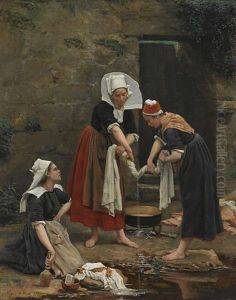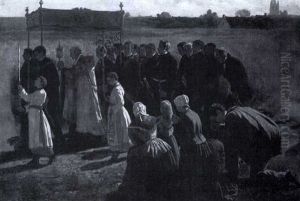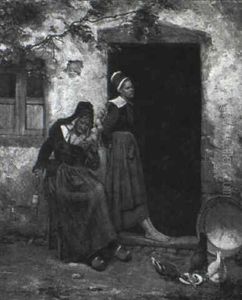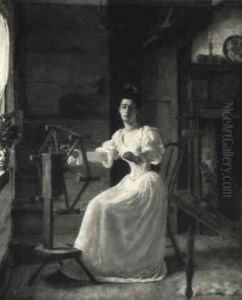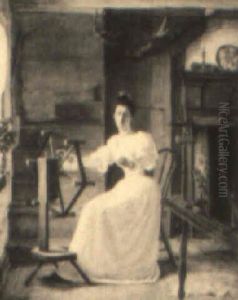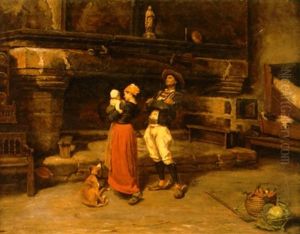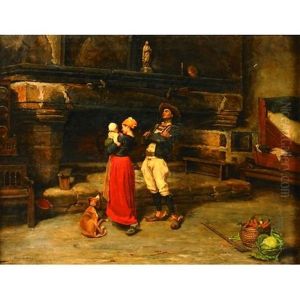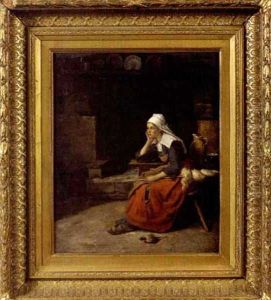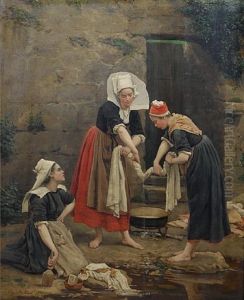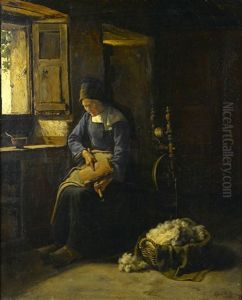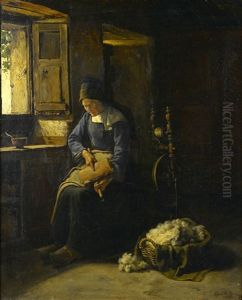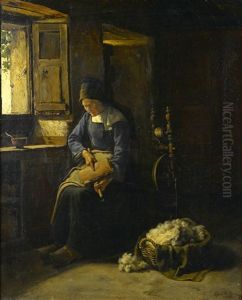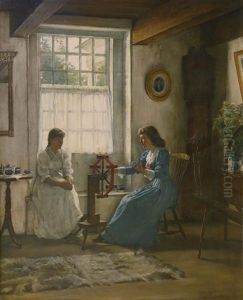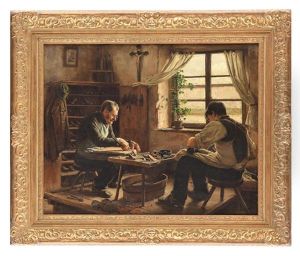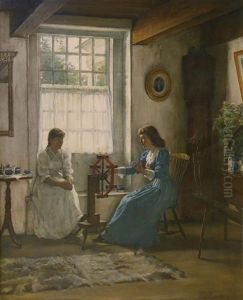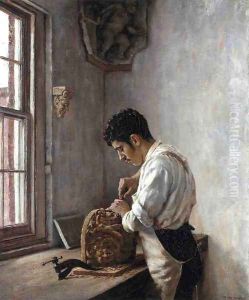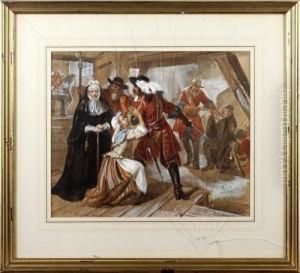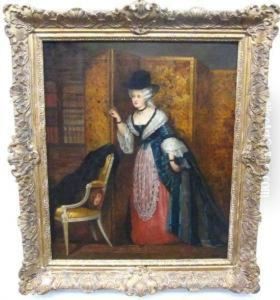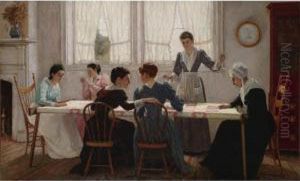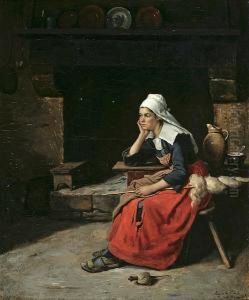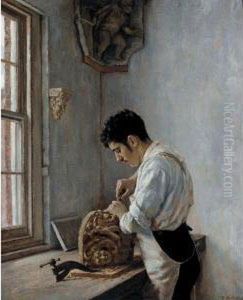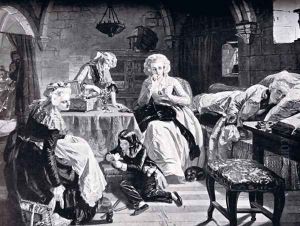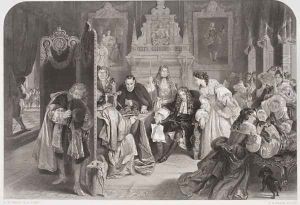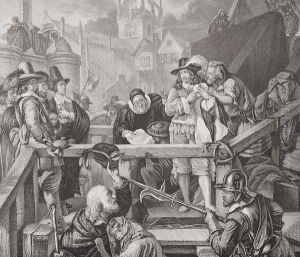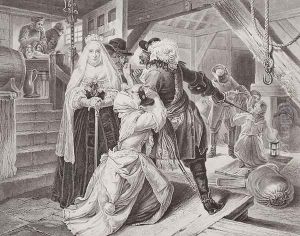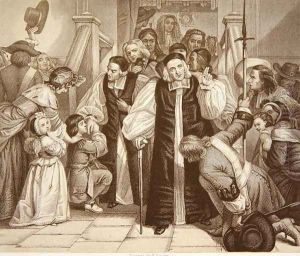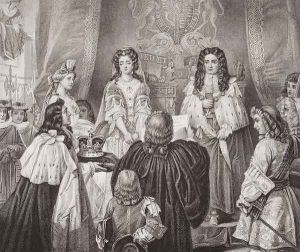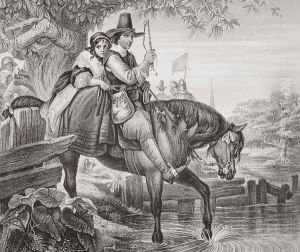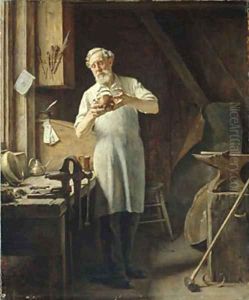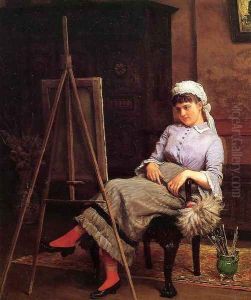Edgar Melville Ward Paintings
Edgar Melville Ward was an American artist, renowned for his contributions to genre painting and his role as an educator in the arts. Born in Urbana, Ohio, in 1839, Ward developed an early interest in art, which was nurtured through his education and subsequent travels. He pursued his artistic training at the National Academy of Design in New York, where he honed his skills and developed a keen interest in depicting scenes of everyday life with a remarkable sense of realism and detail.
Ward's artistic career was marked by his dedication to genre painting, a style that focuses on scenes of everyday life and ordinary people. He was particularly drawn to the lives of the working class, and his works often depicted craftsmen, laborers, and tradesmen engaged in their daily tasks. This focus on the common man and the dignity of labor was a reflection of the broader social changes and attitudes of his time.
In addition to his painting, Edgar M. Ward played a significant role in the American art education scene. He was a respected teacher and became an influential figure at the National Academy of Design. His teachings and mentorship helped shape the next generation of American artists, instilling in them a respect for technical skill, realism, and the importance of depicting American life.
Ward's work received considerable recognition during his lifetime, and he was celebrated for his ability to capture the essence of American life with authenticity and empathy. His paintings were not only appreciated for their artistic quality but also for their social commentary, offering insights into the lives of ordinary Americans in the late 19th and early 20th centuries.
Edgar Melville Ward's legacy is preserved through his contributions to American genre painting and art education. His dedication to depicting the American experience with honesty and skill has left a lasting impression on the art world. Ward passed away in 1915, leaving behind a body of work that continues to be celebrated for its portrayal of American society and its enduring influence on artists and art educators alike.
